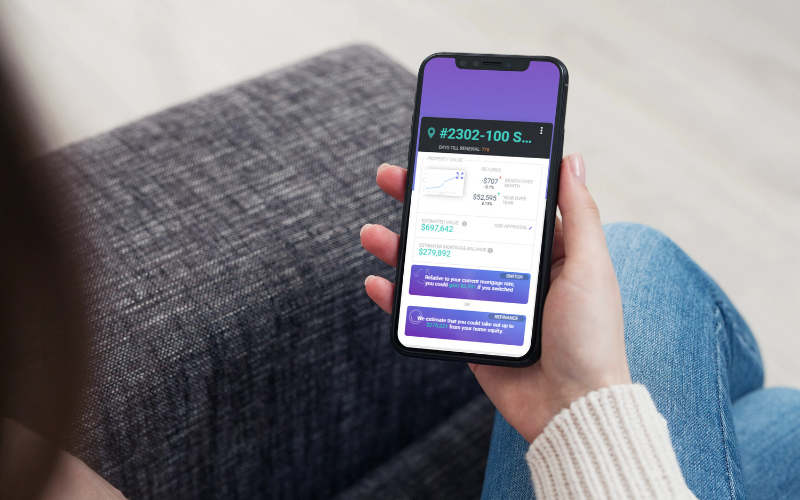To say owning a house is a major investment is an understatement. We work hard to save up and purchase a home, but that’s rarely where the spending stops. Home renovations are a big part of homeownership. The good news is that by already owning your home, you have options when it comes to finding money for renovations. One option is to use the mortgage you already have to finance your dream renovations. HomeStars connected with Alex Leduc, CEO & Principal Broker of Perch to find out all the options current homeowners have when it comes to leveraging their mortgage for home renovations.
What options do homeowners have when it comes to leveraging their current mortgage to have renovations done?
Assuming the renovations are pretty substantial (above $5,000), homeowners can use home equity in two ways to finance their renovations cost-effectively.
Option 1: A Home Equity Line of Credit (HELOC)
A HELOC is secured against your home as collateral, which enables you to get a great rate. Instead of paying a standard unsecured line of credit rate in the 5-7% range (today), HELOC rates are around 2.95% (Prime + 0.50%). You can finance your renovations by drawing down on your line of credit if you have a high enough limit to do so.
Registering a HELOC is typically done when you first get a mortgage. Otherwise, getting a lender to register a “stand-alone HELOC”, meaning they have just the HELOC and not the mortgage, is easier said than done.
Option 2: Refinance
A refinance is when you increase your amortization to lower your monthly payments or your mortgage amount to take equity out of your home. When it comes to renovations the key thing to remember is that refinancing is a great solution to pay for them. With today’s record low rates, our users are refinancing for as low as 1.84% (5 year fixed rate).
How does the appreciation of a home impact a mortgage?
Your ability to refinance is limited to the built-up equity in your home. This will increase as you pay down your mortgage or if your property value increases. In some core markets where property appreciation has been very high like Toronto and the GTA, it can be a significant amount. Here’s a realistic scenario of a refinance for the purpose of renovations in action:
- 10 years ago you bought a house for $500,000 in Etobicoke, Ontario and had a $400,000 mortgage. With a 3% mortgage rate and a 25-year amortization, your monthly mortgage payment is currently $1,893.
- Today, your home is now worth $1,150,000 and your current mortgage balance is $275,000.
- Lenders will typically lend you up to 80% of your property value, so this means you could pull out up to $645,000 from your home through a refinance, if you qualify. That should be more than enough to cover some very extensive renovations.
- Let’s assume you take out $150,000 to pay for renovations. With a 1.84% interest rate, a $425,000 mortgage and a 30-year amortization your monthly mortgage payment would now be $1,788. You’d have more than enough to pay for your renos and your monthly cash flow actually goes down!

Who can homeowners turn to for more information about their options or get the process started?
Having insight into your property equity and having a trusted mortgage partner that can help you run various scenarios is key to understanding what your options are. All of our Mortgauge users get monthly updates on their estimated property value and mortgage balance, along with an assessment of how much they could potentially refinance each property for. This is a free service we offer to all Perch users. People know the value of their stock portfolio, but interestingly don’t have too much insight into their real estate assets, which tend to make up substantially more of their wealth.
What’s one piece of advice that can help any homeowner assess financing options when looking to renovate?
Factor in the interest rate and the cash flow implications of each option. Two examples of getting $50,000 in financing:
- Through a refinance at 1.84% and a 30-year amortization
- Monthly payments increase $181
- Through a personal loan of 4% and a 10-year amortization
- Monthly payments increase $505
Refinancing is a very strong option because of the potential 30-year amortization (which keeps payments low) and the best rates. Personal loans and other options tend to have shorter amortization periods and can materially affect your financial position if your finances are tight to begin with.
Now that you know more about your options, you can feel more comfortable taking the next steps. Before you start planning your dream renovations, take some time to see how you can leverage your mortgage to help you pay for them. Check out Perch to help you get started on this process. Once you’ve found the right option for your home, you can begin planning your dream home and the renovations it will take to get you there.
